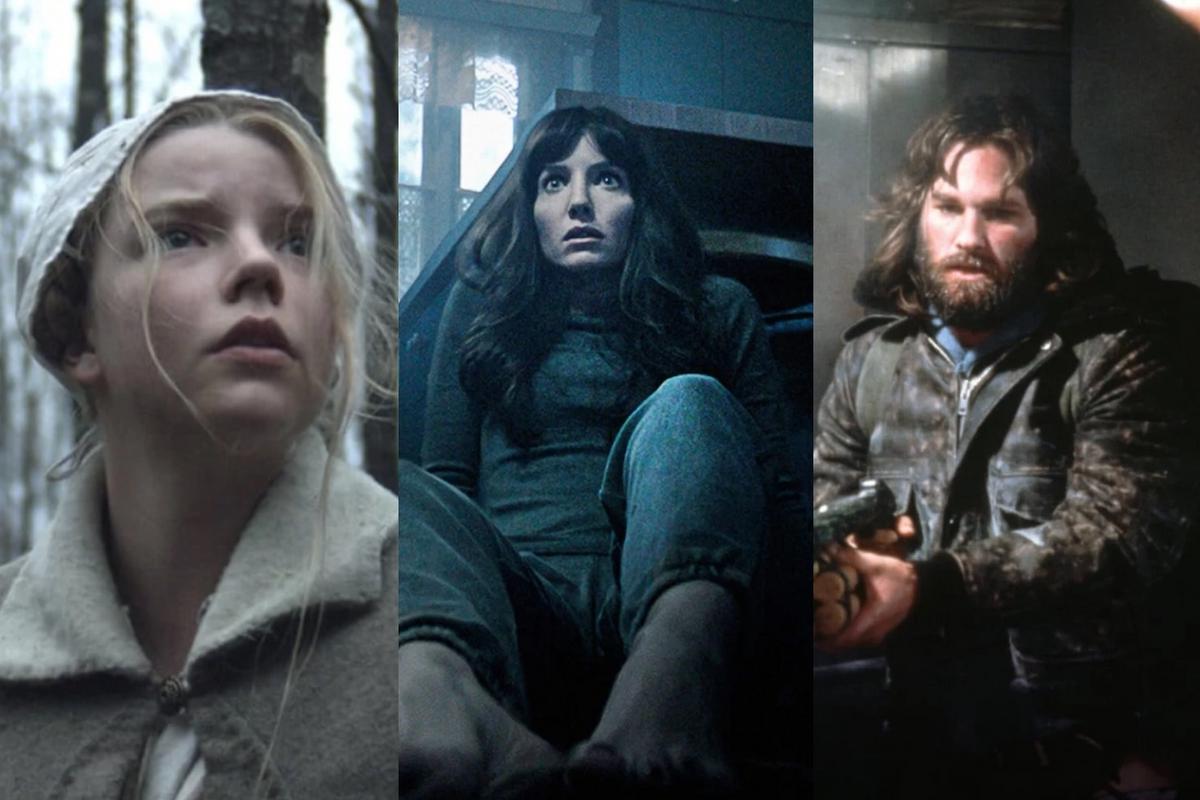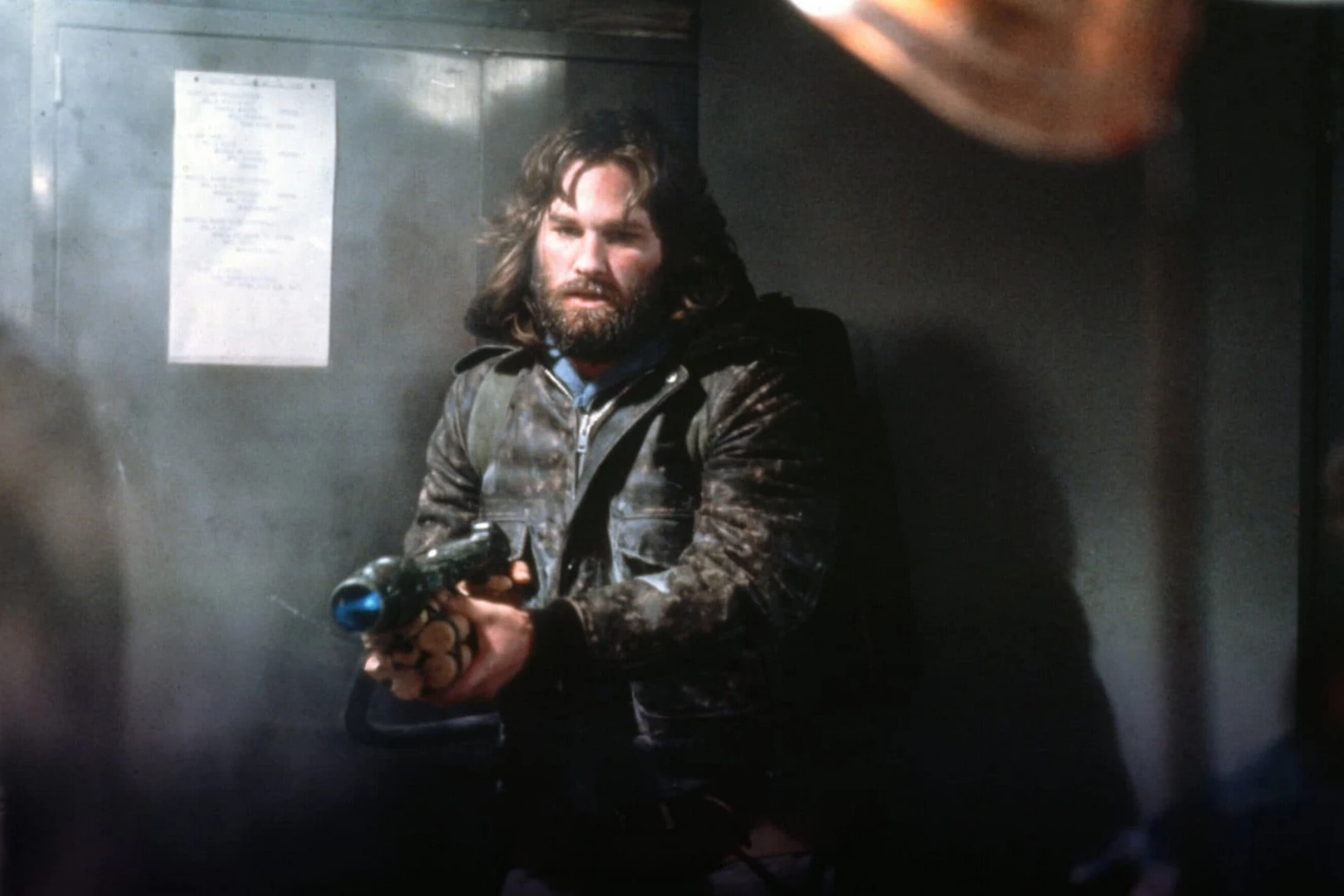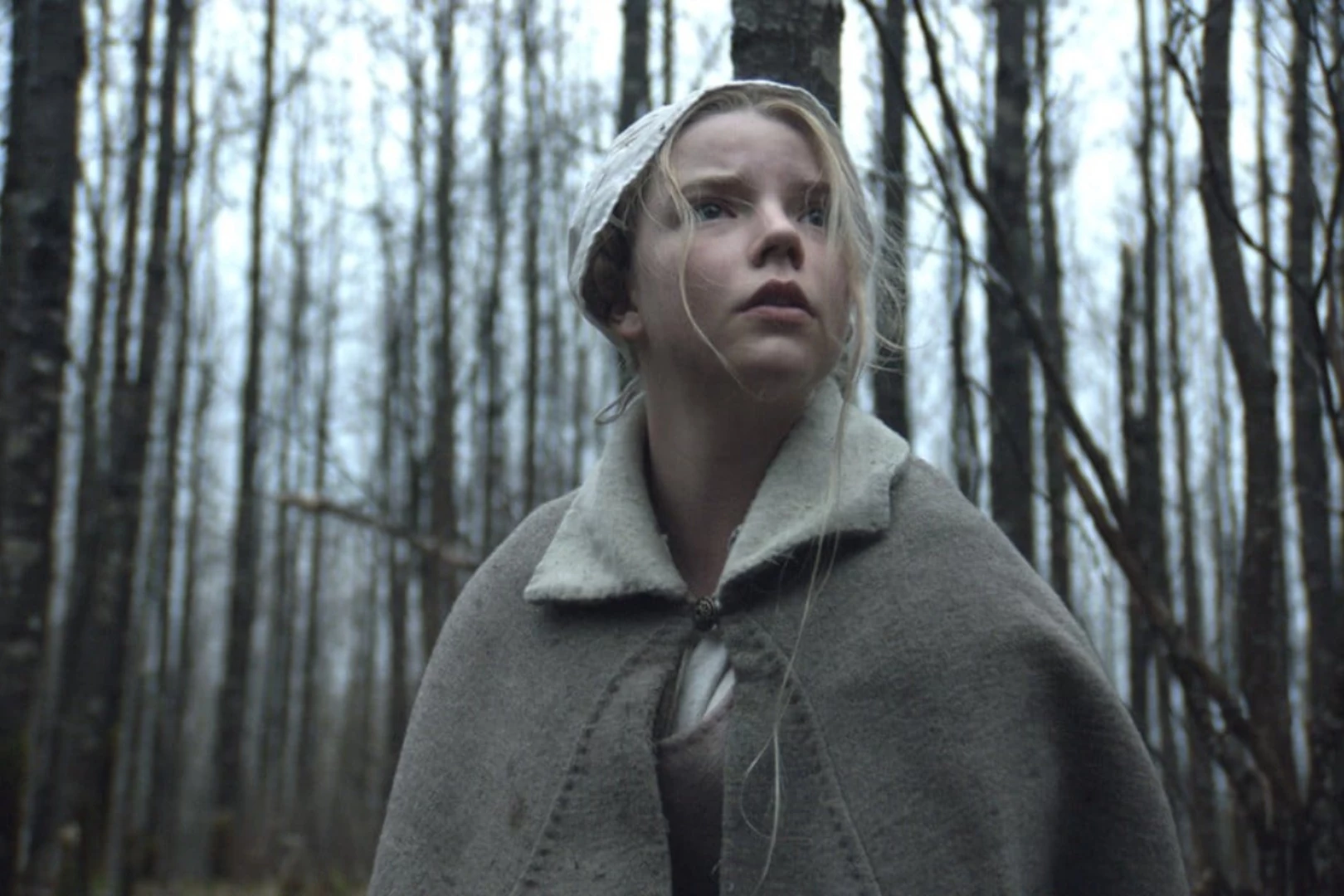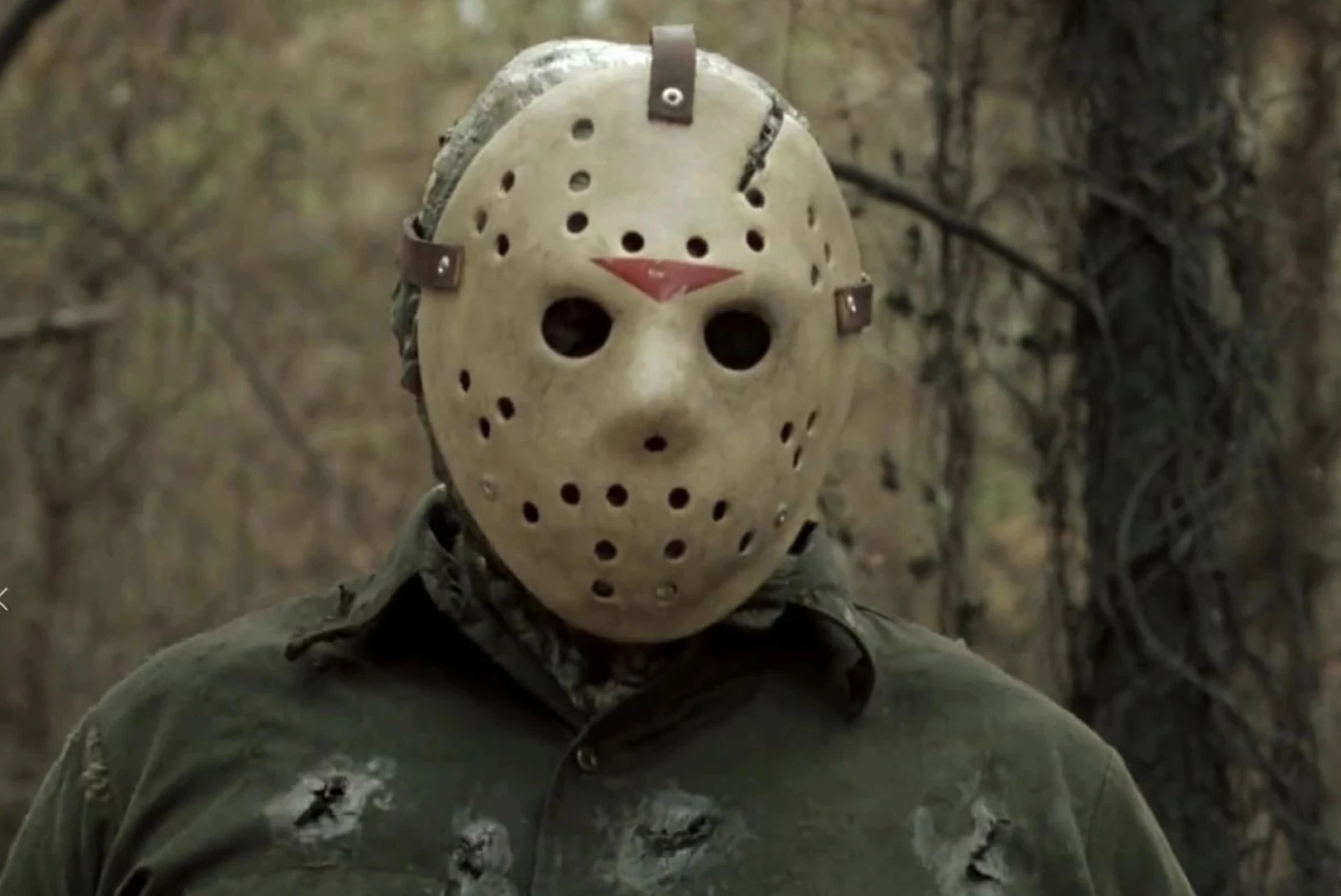
When it comes to horror movies, audiences don’t always get it right the first time.
Many of today’s most famous horror movies were initially ignored, not understood, or even laughed at when they first came out. Over time, however, people began to see them differently, recognizing them as groundbreaking or cult classics. It’s common for these films to be re-evaluated years later and gain the appreciation they deserve. This phenomenon highlights how tastes can change!
Consider The Thing from 1982. John Carpenter’s dark and atmospheric sci-fi thriller received negative reviews and didn’t perform well in theaters, especially when compared to more positive films like E.T. the Extra-Terrestrial. But, years later, it’s now considered a classic sci-fi horror movie and has inspired many other films since its original, unfavorable reception.
Likewise, The Shining didn’t become popular right away in 1980. Even Stephen King, the author, wasn’t a fan of Stanley Kubrick’s unsettling take on the story, and many people who first saw the movie found it strange and difficult to follow. But as time passed, viewers started to appreciate its gradually building suspense, spooky mood, and complex acting, eventually considering it a classic.
More recent films, like Jennifer’s Body from 2009, demonstrate how opinions about movies can change. Initially, it didn’t receive good promotion and was considered a silly, superficial piece of pop culture. However, it’s now praised as a clever, witty feminist horror-comedy that audiences just didn’t understand or appreciate when it first came out.
These movies show us that great horror films often become more meaningful with time. When we revisit them later, with a bit of perspective and lowered expectations, we can often discover their intelligence, artistry, and how they continue to impact our culture. It sometimes takes years for viewers to fully understand and appreciate the quality that was present from the beginning-horror films that truly stand the test of time.

1. Jennifer’s Body (2009)
When Karyn Kusama’s Jennifer’s Body came out in 2009, audiences didn’t really understand it. The film centers on Jennifer, a high school girl who becomes a demonic succubus after a failed and violent ritual, and her friend Needy, who is shocked to find out Jennifer is actually eating their male classmates to stay alive. People expecting a typical sexy slasher movie instead found a campy horror comedy with clever social insights, which many viewers missed at the time. The movie wasn’t helped by a marketing campaign that focused on young men, but it has since gained a devoted following. Now, people are starting to recognize its feminist ideas and how it playfully captured the pop culture of the late 2000s.

2. The Shining (1980)
As a film buff, I always find it fascinating how perceptions of movies can change. Take The Shining, for example. Today, it’s rightly considered a horror classic, but when it came out in 1980, the reaction was surprisingly mixed. Stanley Kubrick’s take on Stephen King’s novel really ruffled some feathers back then – people criticized him for straying from the book and its characters. They also found the deliberately paced, suspenseful atmosphere and the actors’ intense performances a bit much. A lot of viewers thought it was just too slow, or felt Kubrick’s understated approach to horror came across as pretentious. But over the decades, things have completely flipped! Almost everything that was once criticized about the movie is now what people praise it for. It’s amazing to see how a film’s reputation can evolve.

3. Hereditary (2018)
First released in 2018, Hereditary tells the story of a family unraveling after a devastating event. While the film, distributed by A24, was highly praised by critics, its consistently dark and unsettling atmosphere, gradual build-up, and bleak conclusion proved too intense for some viewers, who found the movie generally disturbing. Despite this, Hereditary is frequently ranked among the most frightening and impactful films of the 2010s, and is celebrated for the strong acting performances it features.

4. Longlegs (2024)
Longlegs, the 2024 thriller from Oz Perkins, received very different reactions from critics and audiences, scoring 86% on Rotten Tomatoes from critics but only 61% from viewers. The film centers on an FBI agent investigating a Satanic serial killer and uncovering a mystery far more disturbing than she anticipated. Viewers hoping for a typical horror experience seemed disappointed by Perkins’ deliberate, atmospheric style, and the movie’s trailers may have created the wrong expectations. Despite this, the film’s unsettling mood and its blend of realistic police work with supernatural horror suggest it deserves another look from audiences in the future.

5. House of Wax (2005)
Viewers weren’t very enthusiastic about 2005’s House of Wax, a remake of the 1953 film with the same title. The story centers on a group of college students who find themselves stuck in an abandoned town and come face-to-face with a couple of deranged killers who plan to turn them into wax statues. Coming out during an odd period for horror movies in the mid-2000s, the film received harsh reviews and was criticized for its uneven rhythm, unoriginal characters, and the casting of Paris Hilton when she was extremely popular. Despite this, it has since gained a dedicated fanbase because of its remarkably creepy set pieces, surprising order of deaths, gleefully over-the-top violence, and the enjoyable, campy feel of 2000s cinema.

6. The Thing (1982)
While now celebrated as a sci-fi horror classic and praised for its incredible practical effects, John Carpenter’s The Thing wasn’t initially well-received when it came out in 1982. Its realistic gore and dark, pessimistic mood were a stark contrast to the more lighthearted sci-fi movies popular at the time, like Close Encounters of the Third Kind and E.T. the Extra-Terrestrial, which left some viewers feeling down and disturbed. However, the film has gained recognition over the years and is now considered one of the greatest horror movies of the 1980s, largely due to its bleak outlook, suspenseful atmosphere, and innovative visuals.

7. Thirteen Ghosts (2001)
First released in 2001, Thirteen Ghosts didn’t resonate with reviewers or moviegoers, who found its storyline weak, its editing choppy, and its overall style cheap. The film, which earned only $68 million despite costing $42 million to make, centers on a family who unexpectedly inherit a peculiar house filled with dangerous ghosts. It’s a remake of the 1960 film of the same name directed by William Castle. Fortunately, the movie has gained a dedicated cult following in recent years, thanks to its elaborate sets, unique visual style, and frightening ghost creations.

8. Malignant (2021)
Although critics generally liked it, Malignant didn’t connect with most audiences. James Wan’s energetic 2021 film explores the strange story of a woman who seems to have a psychic connection to a terrifying serial killer. People who were hoping for a typical supernatural horror film like Wan’s The Conjuring or Insidious found something very different: a deliberately over-the-top, somewhat cheesy movie inspired by Italian Giallo films, complete with a plot twist that was both shockingly strange and surprisingly funny. The film’s extreme style wasn’t for everyone, but those who appreciated it, really appreciated it.

9. Event Horizon (1997)
Paul W. S. Anderson’s Event Horizon likely faced challenges from the beginning due to difficulties during its making. The frightening 1997 sci-fi film wasn’t successful in theaters, as viewers found it too dark, gory, and quickly paced. Many struggled to understand this unusual space horror movie, which felt like a blend of Hellraiser and Alien. Although it didn’t become a blockbuster when it initially came out, Event Horizon was a bold and ambitious film. Over time, it has gained a dedicated and deserved cult following, with people now appreciating its striking Gothic style, intense atmosphere, and uncompromising depiction of pure, cosmic horror.

10. The Witch (2016)
Robert Eggers’ 2015 film The Witch is widely considered a standout horror film from A24 during the 2010s. Although appreciation for its artistic, slow-paced, and historically-focused horror has increased over time, many viewers who initially saw it in theaters weren’t fans. The movie, set in early 1600s New England, centers on a deeply religious Puritan family who are targeted by an ancient evil after being exiled to the wilderness. Because it was advertised as a typical horror film, some audiences were disappointed to find a more deliberate historical story steeped in folklore, featuring a slow pace, a chilling atmosphere, and dialogue that reflected the difficult-to-understand language of the 17th century – a clear example of the film not living up to audience expectations.
10 Horror Movies That Saved Bad Franchises

1. Friday the 13th Part VI: Jason Lives (1986)
Jason Lives was remarkably innovative for its time. A decade before Scream, it openly recognized and playfully mocked the predictable tropes of slasher films, following a string of Friday the 13th sequels that continuously attempted to outdo each other with ever more extreme violence and gore.
In Jason Lives, characters break the fourth wall by speaking directly to the audience, and others point out the consistently poor decisions made by characters in horror movies, which inevitably lead to their demise. Most of the Friday the 13th films are so badly made that they often unintentionally provide comedic relief. Tom McLoughlin’s Jason Lives script is genuinely smart, injecting some much-needed originality into this franchise’s increasingly stale zombie villain.

2. Wes Craven’s New Nightmare (1994)
Jason Voorhees and Freddy Krueger had a connection even before their battle in 2003’s Freddy vs. Jason. Both series significantly impacted 1980s horror, and both eventually became self-aware parodies of themselves. While the later Nightmare on Elm Street films had some creative moments, it wasn’t until 1994’s New Nightmare that the series regained its truly frightening feel. (Notably, this was also the first Freddy movie since the original, and was directed by the series’ creator, Wes Craven.)
Similar to Jason Lives, New Nightmare introduces a clever, self-referential twist to a familiar idea. The film centers around the production of a new Freddy sequel, and features several actors from the franchise-including Robert Englund and Heather Langenkamp-playing themselves. Given that movies are often likened to dreams, a Hollywood studio provides the ideal setting for Freddy Krueger’s comeback, as he terrorizes the cast and crew who are trying to bring him back for financial gain. All further efforts to return A Nightmare on Elm Street to a more traditional slasher style have been considerably less effective.

3. Bride of Chucky (1998)
The first two Child’s Play sequels didn’t just bring back the killer doll Chucky; they continued the story of his conflict with his original owner, a young boy named Andy Barclay. The way the films were titled changed starting with the fourth one-moving from Child’s Play ___ to ____ of Chucky-signaled a new direction that breathed fresh life into the series. Instead of repeating the same story of a child versus an evil doll, the movies became more unusual and dreamlike, with more noticeable humor and even some dark romantic elements.
In Bride of Chucky, the notorious stab-happy doll finds a partner in crime and love (played perfectly by Jennifer Tilly), and the two embark on a road trip to regain their human forms. The film features over-the-top violence, puppet intimacy, and even killer baby dolls. It’s no surprise that Bride of Chucky became a beloved cult hit and reignited interest in Chucky, attracting a new generation of fans who have continued to support the sequels, a reboot, and even a TV show.

4. Saw VI (2009)
While the Saw franchise wouldn’t exist without James Wan and Leigh Whannell, the best Saw movie came long after they’d handed off the creative reins. Saw VI finds a character worthy of feature-length torture (a heartless insurance company executive) and actually draws some pointed parallels between Jigsaw’s ruthless games and our soulless healthcare system. It’s sort of like A Christmas Carol, if the Ghosts of Christmas Past, Present, and Future came armed with buzzsaws and thumbscrews. Plus, Saw VI has probably the best trap in the entire franchise, when the soulless insurance executive (Peter Outerbridge) must choose which of his top employees lives or dies while they are all strapped to a merry-go-round connected to a shotgun. The merry-go-round spins and the insurance man picks who survives, while his co-workers plead their case (and soon turn on each other in a desperate attempt to save their own lives). America!

5. Paranormal Activity 3 (2011)
It’s common for horror sequels to have trouble topping the scares of the original, often trying to shock audiences with more gore and chaos. This was a particular challenge for the Paranormal Activity franchise, because the first movie relied on understated camcorder footage-mainly of a couple sleeping, with only slight movements suggesting a haunting.
Once the supernatural elements are amplified, as in Paranormal Activity 2, the feeling that you’re watching real surveillance footage is lost. The third film went back in time as a prequel, and instead of simply adding more cameras and scares, it used VHS tapes to create a nostalgic vibe. Directors Henry Joost and Ariel Schulman cleverly used the grainy, old-fashioned video quality, but later Paranormal Activity movies went back to the present and struggled to come up with fresh ideas. Before long, the films lost touch with any sense of realism (and also with their popularity at the box office).

6. Riddick (2013)
The horror film Pitch Black features Riddick, whose unique vision allows him to outlast creatures that stalk in darkness. In Riddick, the tables turn – he *becomes* the creature in the dark, a smart twist on the first movie. This sequel is better than both of the previous films (even the over-the-top fantasy sci-fi movie The Chronicles of Riddick) and doesn’t fit neatly into one genre. It feels like three connected short films.
The first part is a survival thriller set on a desolate, post-apocalyptic planet, with Diesel’s Riddick all alone. Then, the story shifts to a team of mercenaries trying to hunt him down-but Riddick starts eliminating them one by one, in a style similar to slasher films. The only thing holding it back from being a truly exceptional B-movie is the final section, which revisits ideas from Pitch Black. However, the ride is thrilling, and Diesel shines as a strong solo lead, especially as he develops a connection with a cute and spirited alien dog who joins him on the hunt. If you’re going to watch just one Vin Diesel movie outside of the Fast & Furious series, this should be it.

7. Alien: Covenant (2017)
Alien boasts a surprisingly strong collection of sequels – I’m even willing to defend Alien 3 and Alien Resurrection, despite their criticisms. However, even with its beautiful imagery and thought-provoking themes about what it means to be human and the nature of death, I’ve always struggled with the plot inconsistencies and illogical moments in Prometheus. (Seriously, why would you run directly toward a speeding vehicle?)
I much prefer Alien: Covenant, which, despite any shortcomings, showcases a truly remarkable performance by Michael Fassbender playing two distinct android characters. Fassbender’s work makes this Alien prequel feel more like a spiritual successor to Blade Runner – and that’s what makes it so compelling, as it moves beyond the typical story of xenomorphs attacking astronauts. (Though, admittedly, there’s still plenty of that happening too.)

8. Halloween (2018)
David Gordon Green’s Halloween served as a legacy sequel – the 11th film in the Halloween series, and possibly one of the better installments – maybe the fourth, or perhaps the third, depending on your perspective. Following the straightforward, frightening brilliance of John Carpenter’s groundbreaking original, the following sequels created an increasingly complicated (and often ridiculous) backstory surrounding the relentless killing spree of Michael Myers. We saw storylines involving Druids, cults, and previously unknown family connections… it just kept escalating.
Then Green arrived and essentially removed everything except the original 1978 Halloween. His return to the basics, combined with strong directing, brought Halloween back to being a genuinely frightening horror series. However, even he couldn’t create a truly great Halloween sequel; his Halloween Kills and, particularly, Halloween Ends offered less and less from the same idea, until Michael Myers seemed weak and it felt like time for the character to be finished… at least until the next reboot.

9. Prey (2022)
Predator was more successful than many other monster movies from the 1980s that attempted to launch full-fledged franchises. Predator 2 is a really enjoyable, violent film, and Predators feels like a cool Twilight Zone episode featuring aliens with bladed wrist devices. However, the Alien vs. Predator films didn’t quite deliver on their exciting concept, and The Predator was obviously altered significantly after filming, differing greatly from the original vision of its writer and director.
The Predator series regained momentum with Prey, a prequel released directly to streaming. It features the franchise’s iconic alien hunting Comanche warriors in colonial America. The film was so well-received that its director, Dan Trachtenberg, was given the opportunity to create another Predator sequel for cinemas, as well as an animated Predator movie for Hulu called Predator: Killer of Killers.

10. Scream (2022)
The original Scream had a lot to work with – it could playfully criticize decades of predictable tropes from bad slasher films. Scream 2 then turned its attention to mocking sequel clichés. But after that, the films started to feel a bit strained. Scream 3 was supposed to be about the conventions of movie trilogies, but those ideas weren’t really different from sequel tropes, and the humor wasn’t as sharp. Scream 4 attempted to satirize remakes – however, since it wasn’t a remake itself, it also awkwardly included references to early YouTube culture, which was still new at the time.
The long break between Scream 4 and Scream (2022) actually benefited the series, because it gave the filmmakers a fresh subject to poke fun at: “legacyquels” – sequels that bring back familiar characters and stories, which had become very popular during the franchise’s pause. The series made a strong comeback by cleverly commenting on these kinds of projects, leading to another sequel, Scream VI, being released just a year later.
Read More
2025-09-30 20:32




















